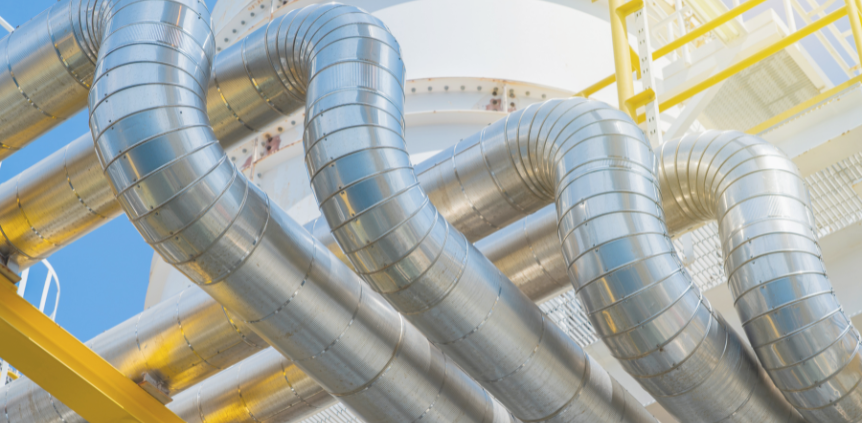Maximizing flow rates in a batched liquid pipeline is a nuanced task that is more complex than most would realize.
In our maintenance planning practices for pump station maintenance outages, we traditionally employed Steady State hydraulic charts to determine flow rate. Our approach involved running simulations with a typical batch line-up focusing solely on a steady state at a specific moment to pinpoint the maximum rate.
Anyone who has sat at a liquid pipeline console knows that the actual hydraulic maximum of the system is this thing you are chasing – and that’s a dynamic concept! Despite having a target rate specified by the oil schedule, vetted by engineering as the maximum rate, as a control room operator, under specific circumstances, with certain batches at specific locations, you can achieve a higher flow rate within existing safety constraints and without risk to upsets.
On the other hand, for control room operators, there’s a perpetual sense of being one step behind or receiving guidance that, while adequate, lacks real-time relevance. By the time you are aware that you need to make a change to adjust maximum rates, the opportunity has already passed, as that snapshot of that batch configuration and hydraulic profile, so you are left trying to figure it out, but then the phone rings and you forget about it, not capturing that value for the organization you are working for.
Historically, recommendation systems were seen as a solution. However, they are just a beefed-up version of the current process facilitated via Steady State simulations, emails, phone calls, and pipeline scheduling software (which might even be a home grown solution) and do not generate measurable value that can be sold by a midstream company commercial team. Some liquid pipeline companies call this the “Natural Reduction Factor” or NRF, and it’s simply a term to describe “we did the simulations and set the plan, we aren’t sure why we can’t get that max rate all of the time, must be differences in control room operators’ skills, etc.”
CruxOCM addresses this challenge by introducing maxOPT ™, which continuously achieves the maximum safe throughput in real-time scenarios. maxOPT ™ assesses the pipeline’s batch lineup and calculates the hydraulic maximum every 10 to 20 seconds, ensuring that potential revenue is maximized on apportioned pipelines. By implementing maxOPT ™, control room operators are empowered to consistently achieve maximum rates without relying on cumbersome people driven processes or fostering internal competition amongst control room operators that risks creating a toxic workplace.
Consider this: while your pipeline might seem to be operating at full capacity, the reality differs. Drawing from the advancements in technology within the refining industry, we have consistently achieved a noteworthy increase in production over the past 30 years. For many of you reading this, especially those working in organizations with refineries, the success and revenue uplift brought about by advanced process control in refining facilities are likely familiar.
To determine if your organization can benefit from similar solutions, engage in a simple thought exercise:
1.Your engineering team tells you ‘We already have these capabilities, and no additional value is available’. Ask your team if they are familiar with advanced process control and have seen it installed on pipeline systems before.
2. If the answer is “no”, you 100% have an opportunity to increase volumetric throughput to increase revenue for your organization and your customers.
3. If the answer is “no” but we can do that ourselves in-house, remember the time value of money. Solutions like this take years to prove and building internally adds cost and timeline. This of course makes sense if there are no solutions on the market but in this case, there is one!
4. When it comes to building vs buying for this capability, I can assure you that internally, the total cost would be 5 to 10X purchasing the solution, and the ability to see measurable results in 6 to 12 months is not possible.
5. Measurable results as fast as possible when it comes to increasing volumetric throughput is critical to proving the return on the investment of purchasing software. It is critical to be able to measure the additional volumetric throughput because that is what enables the commercial teams in our organizations to sell the volume to customers, enabling the realization of Return On Investment, as is needed for any wise business decision.







